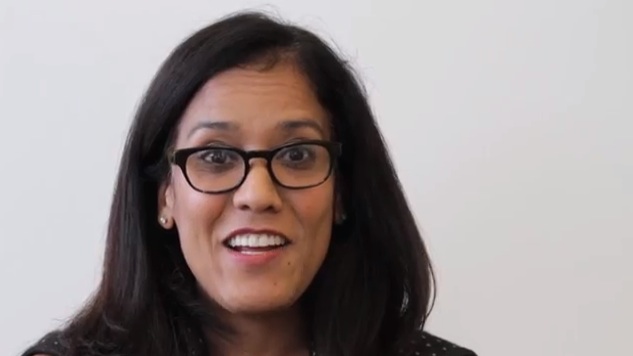Group of 9: Setting the Stage for Grantees to be Transparent with One Another
In the years since our most recent economic decline began in 2008, foundations have been looking for new ways to provide support to grantees “beyond the grant.” For some foundations, providing inspiring and creative technical assistance and professional development opportunities can be an option, but for a smaller foundation like the Colburn Foundation, we have to be creative with the limited resources we have beyond the grant dollar.
Businessman, philanthropist, and amateur violinist Richard D. Colburn established the Colburn Foundation in 1999 to support and promote a healthy and vibrant classical music community, primarily in Southern California, and to make grants to artistically excellent organizations for the performance and presentation of classical music, as well as for music education and the training of musicians.
Our philanthropic niche allows us to focus our funding objectives within a single nonprofit community for maximum impact – which also allows for the development of longstanding, strong relationships with our grantees and a deep knowledge of their programming.
In late 2009 the noticeable deleterious effects of the economic downturn were beginning to wear on some of our grantees both professionally and personally. At the same time, in meetings, some executive directors began mentioning how nice it would be to have a safe space to commiserate with others in their field. Were they also having a difficult time fundraising and bringing in revenue? What new approaches were organizations taking in programming to broaden their audiences? But simply approaching an associate and asking these very confidential questions in the absence of an invested relationship wasn’t a realistic option.
Picking up on the need for a neutral zone in which grantees could come together to openly discuss challenges, we decided to host a group of grantees in early 2010 with only three conventions in mind:
- All participating members must be the executive directors (or equivalent) of their organizations.
- Participants must agree to be involved in conversations, and in return we offer them a safe space for sharing (or a “circle of trust”). The spirit of being in this group is to be real, and to create relationships through honesty and integrity (through all the grit and the glamor).
- Participants must represent organizations with an annual budget of between $100,000 and $4.5 million per year. This criterion was set to reflect the majority of the organizations we serve (eliminating only a few outliers) allowing for more relateability in conversation between peers.
These three requirements served only to set the stage for dynamic and often therapeutic discussions in which all was laid bare, as well as the development of personal and professional relationships that would eventually forge partnerships and collaborations. Addressing more particularly the participants in our group circle, a range of experience, background, budget size, and leadership styles is represented. We believe having a breadth of diversity in a group like this is preferable. What it seems to inspire is quick group brainstorming over concrete obstacles, and (when needed) a more concentrated topical discussion touched by a variety of perspectives.
In the years since that first meeting, there have been inevitable leadership transitions; if a director has had to discontinue their participation, we have offered suggestions of other individuals to invite into the group, but leave in tact its overall autonomy.
There is something beautiful in empowering a group of your grantees over time to face and tackle – on their own terms – relevant issues with a collective of trusted peers. We do very little planning – if any planning at all – for the majority of our group discussions. What we provide is space, time, and a free lunch. What this group provides in return is invaluable: a raw, real look into our grantees lives, and the information we need to serve them better.
While we as funders can offer excellent suggestions to grantees based on what we see in the field, what we read in research and reports, and what we observe of each individual organization through the relationships we develop, our perspective can’t compare to the cohesive and energizing nature of providing a group of cohorts a sacred space to share, vent, and collaborate.
This post originally appeared on Transparency Talk, the Glasspockets blog.


